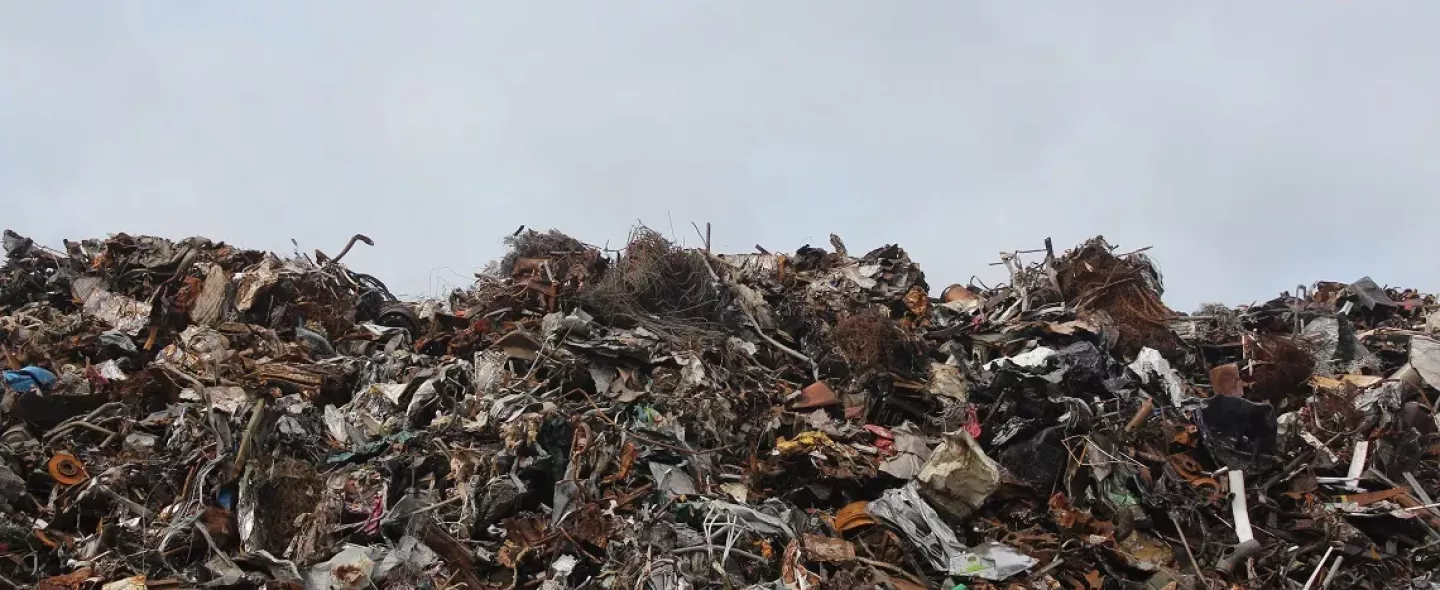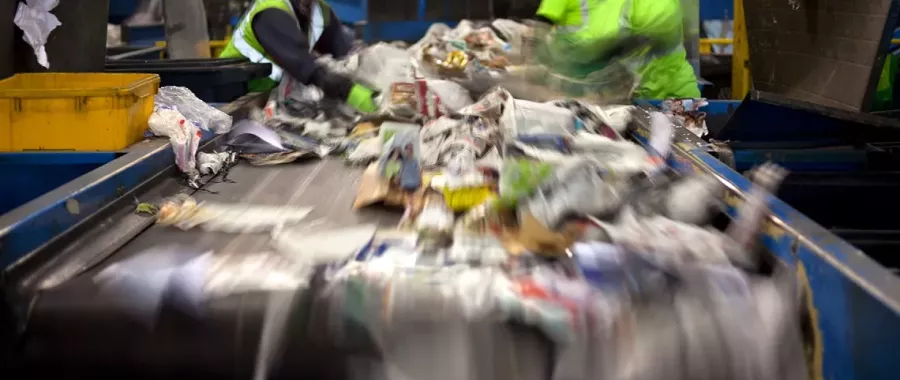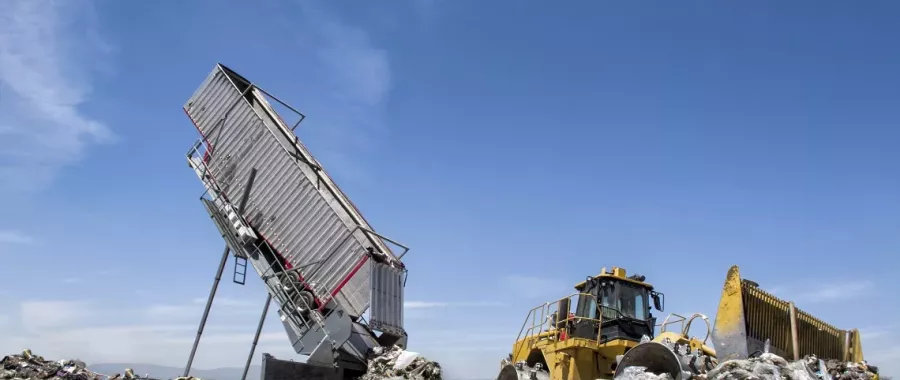In 2020, the UK generated a substantial 40.4 million tonnes of commercial and industrial waste. This is a remarkable amount of waste for waste management companies to process, who are required to classify varied waste types, determining treatment methods, suitable disposal sites and transportation requirements.
Accurate waste classification holds multiple benefits, including the promotion of efficient recycling, cost-effective waste disposal, and the safety of environmental and public health. Industries, construction professionals, and waste management experts rely on precise classification to adhere to regulations and effectively handle the range of waste types they encounter.
Central to waste management practices in the UK is WM3, representing a set of guidelines within the broader framework of waste management regulations in the UK.
In this context, we shed some light on WM3 waste management guidance. We aim to provide an understanding of the waste classification process, including potential codes and assessments, to support with waste management.
The history of waste classification guidance in the UK
In June 2015, the UK’s waste classification guidance (WM2) was updated and replaced by WM3. WM3 and the former WM2 outline a system, were created for those who manage and regulate waste, to assess the potential for hazards within the waste and to ensure it is handled with the appropriate duty of care.
How does WM3 differ from WM2?
- Chemicals in wastes are now assessed against a different set of criteria, known as hazard statement codes
- WM3 contains an updated List of Waste (LoW), a legal classification system for those who need to identify different types of waste and their potential hazards
- With regard to flammability testing, the threshold/temperature at which a flammable classification applies has changed for some substances
- Consideration must now be given to the potential presence of persistent organic pollutants in any waste stream
Why is WM3 Waste Management guidance important?
Much of the 40.4 million tonnes of industrial and commercial waste material generated in the UK every year comes from construction sites, chemical plants or factories. This means it is at risk of containing toxins and contaminants that can cause harm to people or the environment. For that reason, identifying any hazards and disposing of waste appropriately is vital.
WM3 and it's relevance to the construction industry
The WM3 guidance provide a system for assessing the potential hazards within waste, ensuring that it is managed with due care. This is important in the construction industry, as a significant contributor to waste in the UK, where waste often contains various materials that can be hazardous if not handled correctly.
WM3's relevance goes beyond compliance. It supports in promoting sustainable waste management (SWM), thereby reducing the environmental impacts of construction activities. This becomes particularly significant given the enactment of the Environment Act 2021, with its focus on waste reduction and resource efficiency. Aligning to WM3 guidance can help construction firms achieve these long-term environmental targets.
The implementation of guidance from WM3 can also contribute to cost-effectiveness by promoting efficient recycling and disposal practices. This is especially relevant for small-scale construction (SSC) firms, which hold a large share of responsibility for improving waste management practices in the industry.
How can WM3 support the waste management industry?
WM3 provides the waste management industry with technical guidance on the assessment and classification of all types of waste. It allows companies within the industry to comply with their duty of care obligations to classify the waste they produce. Businesses must follow the guidelines of WM3 for accurate waste classification and assessment, which consequently supports safe handling, coordination, and management of waste.
WM3 guidelines supports the waste management industry by outlining a system to assess potential hazards within the waste. This ensures it's managed with the appropriate duty of care, preventing harm to both people and the environment. Understanding the hazardous properties of waste is necessary for its correct classification and ultimate disposal.
In addition, the European Waste Catalogue (EWC) classification of waste is informed by the 'class' a waste falls under, as detailed in the WM3 guidance. This supports the waste management process by providing a common understanding and language for defining different products and chemical substances.
How can I make sure I adhere to the WM3 standards?
Adhering to WM3 standards involves a step-by-step process of waste classification. Firstly, check if the waste needs to be classified. Most commercial and industrial wastes do require classification. Next, identify the code or codes that may apply to your waste. These codes are part of the European Waste Catalogue (EWC) and the Waste Framework Directive.
Here are some further points to consider during the waste classification process:
Assess the composition to determine the chemical composition to ensure accurate classification. WM3 guidance recommends undertaking WM3 testing for a comprehensive understanding of the waste classification.
- Make sure to put all the chemicals in the right category as per WM3 guidelines. After that, a waste code will be given from the LoW. Fill in all the paperwork before moving, disposing of, or recovering any waste.
Always consult the latest guidance. The Environment Agency periodically updates the UK guidance on waste classification.
Consider the waste hierarchy when planning your waste management strategy. The waste hierarchy prioritises prevention, preparing for reuse, recycling, other recovery (such as energy recovery), and disposal as a last resort.
Consult professionals when dealing with potentially hazardous waste. If you're dealing with waste or soil and need to know if it's hazardous or not, it's a good idea to get some advice. This is especially important when you're not sure where the materials came from or what they're made of.
Consultancy stage for hazardous waste classification
It's important to seek professional advice when dealing with potentially hazardous waste to ensure safety and compliance, especially for materials of unknown origin or constituents. The consultancy stage aims to reduce costs, environmental impact and ensure compliance.
We offer advice, expertise and guidance to ensure you are able to quickly identify hazards in their waste and classify them in line with WM3 guidance. To help you with handling potentially contaminated construction soils, we also offer chemical fingerprint testing services to identify specific hazards in construction waste.
Need to know more?
If you have any questions about how to manage waste generated by your business or would like to find out more about the waste classification process, please get in touch.



